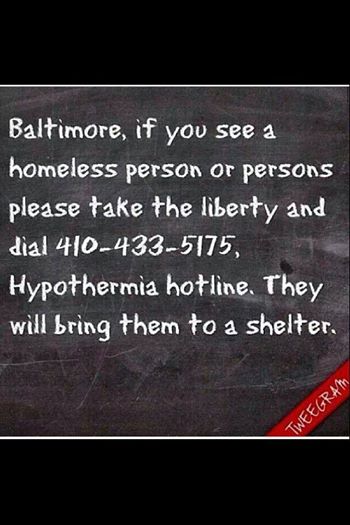Hasdai Westbrook, ChangeMonger-in-Chief over here at the ChangeEngine central tower, sent over this link from Psychology Today on resolving to help others vs. helping yourself, noting that I had expressed interest in tying in the tradition of setting New Year’s resolutions in this week’s post.
“Oh, great. Thanks, Hasdai. As if failing at keeping my own resolutions isn’t enough for me, now I have to feel guilty about failing at the goals these folks have for me as well,” I thought to myself. However, as he often does, Hasdai demonstrated his benevolent and thoughtful ChangeMongering with intuition and foresight.
To summarize the main point of the author, setting resolutions aimed at helping others can contribute in multiple and reinforcing ways to the well-being of our communities. These beneficial activities leave their mark both on other people and the environment, and on the people who commit to them, driving positive physiological and psychological feedback loops.
None of this will come as a surprise, especially to readers of ChangeEngine blogs, but how can we ensure these social change resolutions will be successful as we plan our goals for the year. Think how many gym memberships purchased in January go unused; the same goes for our benevolent souls. Here’s a few behavioral change concepts and goal-setting techniques to make sure our do-gooding intentions don’t turn to flab:
1. Make yourself accountable to someone else. This is a strategy employed by the running and socio-economoic empowerment organization Back On My Feet, which has several chapters in Baltimore. The principle is simple: we are far more likely to do something, even (or especially) if it’s hard, if someone is counting on you.
2. Set SMART (specific, measurable, attainable, relevant and time-bound) goals, as Jasmine suggested on Friday. Cities around the country are setting measurable and attainable goals to spur action on ending homelessness. As demonstrated by the recent social media campaign to ensure those suffering homelessness were safe from dangerous cold during the ravages of the polar vortex this week, simple and specific actions by individuals like you and me can create real impact. All the campaign asked was for people to dial a hotline if they saw a homeless person so that that the authorities could offer them shelter. SMART goals can lead to real positive outcomes.
3. Use a commitment device. The principle is sound enough – your present self has a goal and doesn’t trust your future self to maintain your current level of enthusiasm and commitment to that goal, so Current Self sets up consequence that will kick in if Future Self doesn’t toe the line. The commitment device is a little controversial, in that experts such as Freakonomics author Steven Levitt are dubious as to it’s efficacy. As we saw with the federal sequester last year, the prospect of something idiotic happening to you doesn’t necessarily mean it won’t it happen if Future Self is stubborn enough. One of my favorite commitment device stories was of someone who wanted to quit smoking so badly they wrote a $5,000 check to the KKK, and made someone else promise to send it if she smoked. The hatred of giving the KKK money was more compelling than the urge to smoke. As you can see, strategy #1 is essentially a form of commitment device and happens to be very effective.
Now I’m not suggesting you whip out your checkbook and start making a postdated check to your local klavern. Thankfully, organizations and movements such as Back on My Feet utilize the commitment device of accountability to others. They establish healthy practices that are beneficial to all of the participants, and have a multiplicative effect in the community. Maybe I could argue the same for my resolution to eat kale three times per week, but it would be a stretch. A better strategy for my kale aspirations might be to seek out one of the volunteer or cooperative urban farms nearby and commit to a task that would make my presence necessary, and guarantee me — almost incidentally — kale for each week. Thus, my kale supply is assured through my combined guilt complex at abandoning my duties and my satisfaction in contributing to the farm’s success. Oh, and incidentally, I have some free, locally grown and freshly harvested kale, so I had better go reward myself for keeping my commitments!



Seth Wheeler liked this on Facebook.